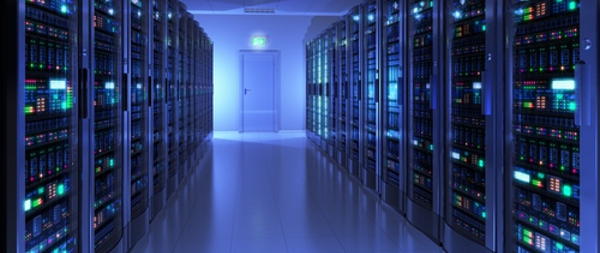
The Internet juggernaut that is Google has grown at such a fast rate that it has had to invest $1.6bn to build new data centres from April to June.
Google typically spends $4bn a year on systems it uses it index the web, answer searches, serve adverts, handle email, store photographs and provide maps and Street View photos.
As the global demand for big data and cloud computing increases, so does the need for data centres to provide technologically ability to fulfil users’ needs.
According to the research group Gartner, as the Internet expands and demand increases this year, spending on data centres will reach $143bn globally and $149bn next year, continuing a slow but steady growth.
And data centres prove costly, as the technology involved, plus the importance of keeping the centre cooled in an eco-friendly manner soon stocks up. Data is arranged in racks of hard drives, with air conditioned units continually blowing air around the centre to avoid over-heating and combustion. The data is then pumped out via fibre-optic cables through the floor and on to the data hungry surfers of the net.
Although these cool buildings spend a vast amount on air condition, they at least save money on lighting. Many operate as "lights-out" systems, because the machines don’t need to be watched; they can be remotely monitored.
Google, Facebook, AT&T and Wipro all have centres based in California, attracted by cheap electricity and plenty of space in the rural state; one centre can cover as much space and use as much electricity as a small town.






